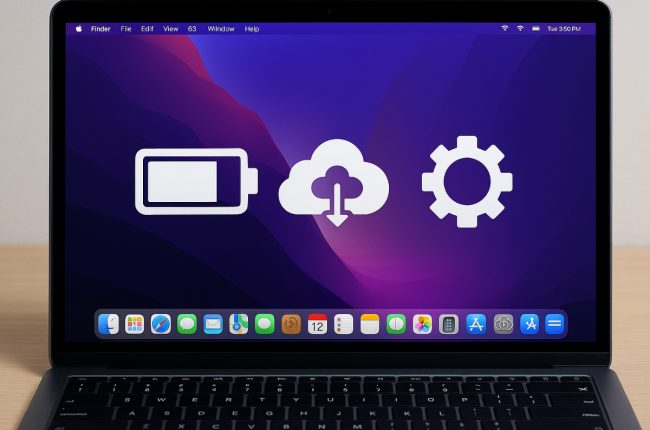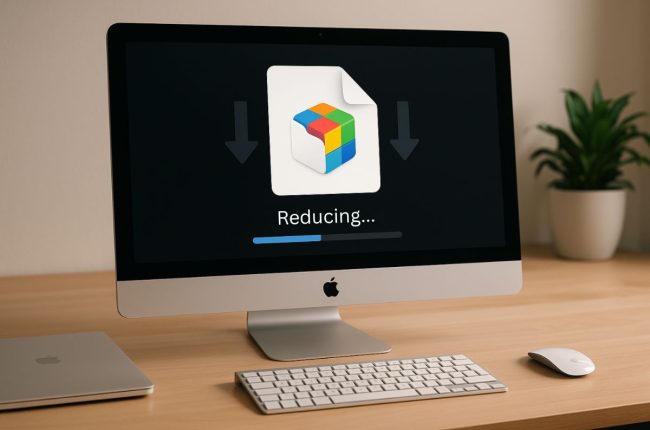Category: Performance Optimization
Enhance the efficiency and speed of your Mac applications with our performance optimization tips and strategies.
Apps are essential tools in our daily digital lives, yet many users remain unaware of how an app’s energy use can affect their devices. High energy consumption not only drains battery life but can also…
Improving app launch time can make the difference between a loyal user and someone who deletes your app within minutes. People expect apps to open almost instantly, whether they are checking messages, ordering food, or…
Optimizing app performance has become one of the most valuable skills for any macOS developer working in today’s Apple Silicon environment. Whether you are building productivity tools, creative software, or niche utilities, the move to…
In today’s digital world, where power and speed are both essential for performance, understanding how macOS manages these elements is more important than ever. This is especially true for content creators, social media managers, and…
Caching API responses is an important technology used in macOS client applications to speed up processes and improve the overall performance of an app. If you’re a developer of a Mac application, you’ve probably experienced…
If you’re a Mac developer, you’ve probably faced the challenge of reducing app bundle size while maintaining the quality of your app. Every megabyte added to the app bundle increases the risk of reduced performance,…
Reducing memory fragmentation is a crucial step in maintaining the speed and efficiency of long-running macOS apps. The longer an application runs, the more scattered its memory allocation becomes, which can lead to higher RAM…
Profiling macOS app performance is a crucial process to ensure that an application runs efficiently, quickly, and reliably. When a macOS app is slow or unresponsive, user experience can be negatively affected, leading to decreased…
Data processing techniques are essential for improving the performance and efficiency of macOS applications. In every app, the ability to process data quickly and smoothly is a key aspect of meeting users’ needs. When data…
Grand Central Dispatch (GCD) and Operations Queues are two powerful technologies used to enhance the speed and responsiveness of macOS applications. When an app is slow, users immediately notice it. Delays in loading the interface,…








